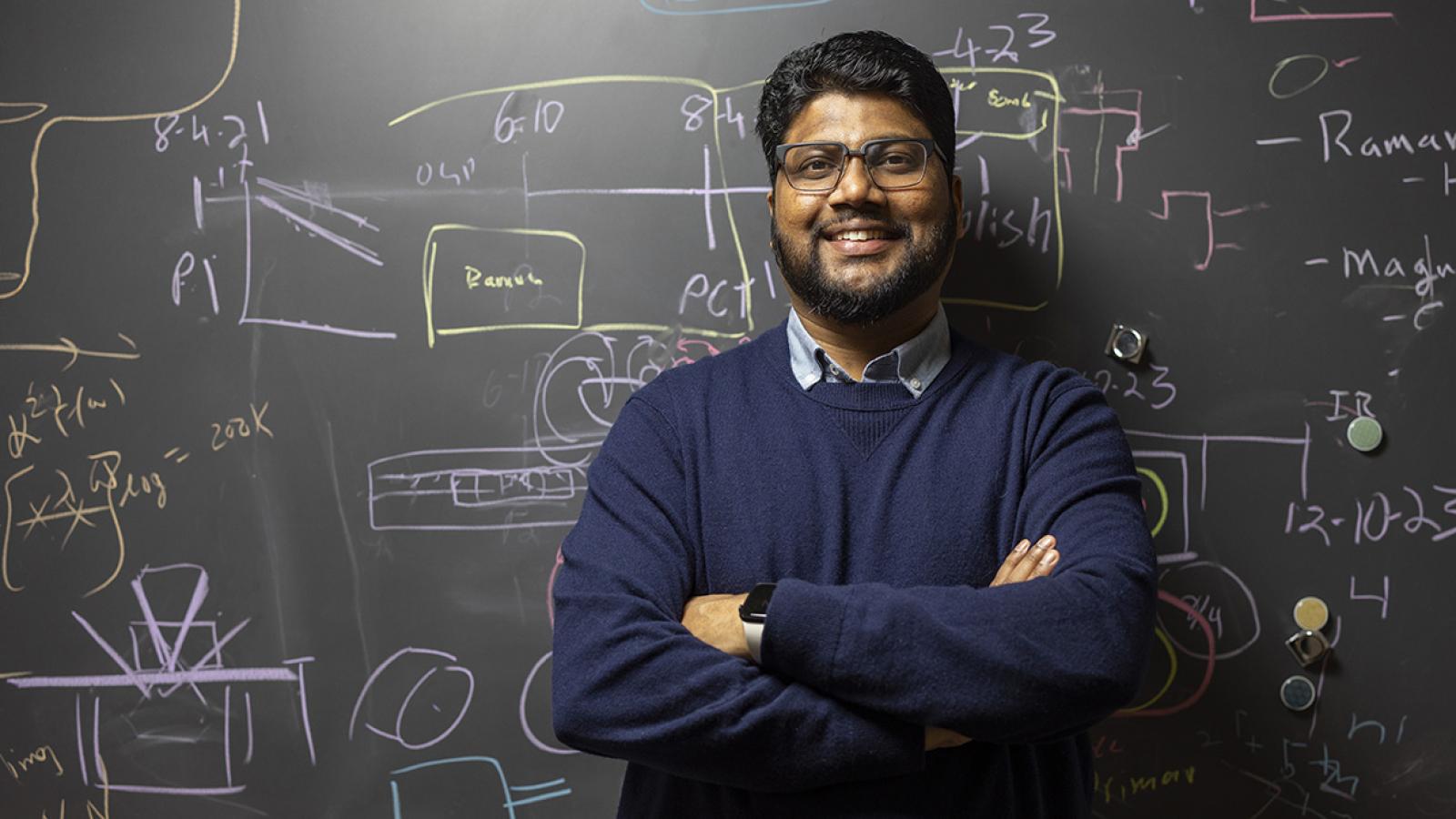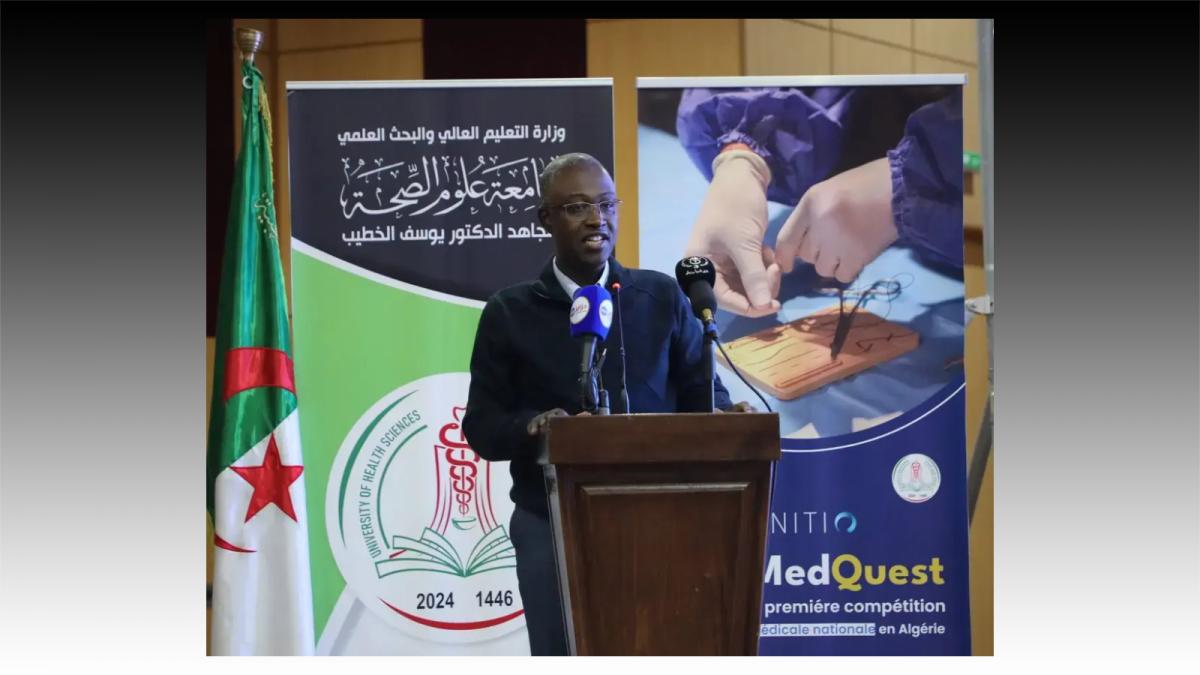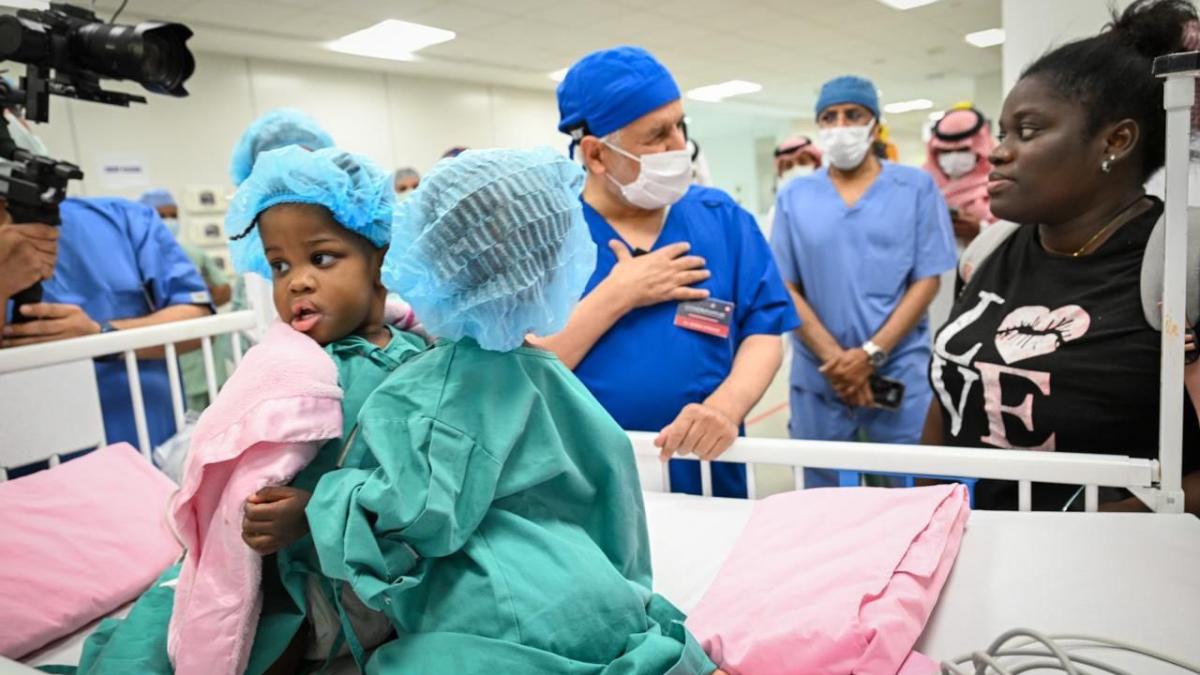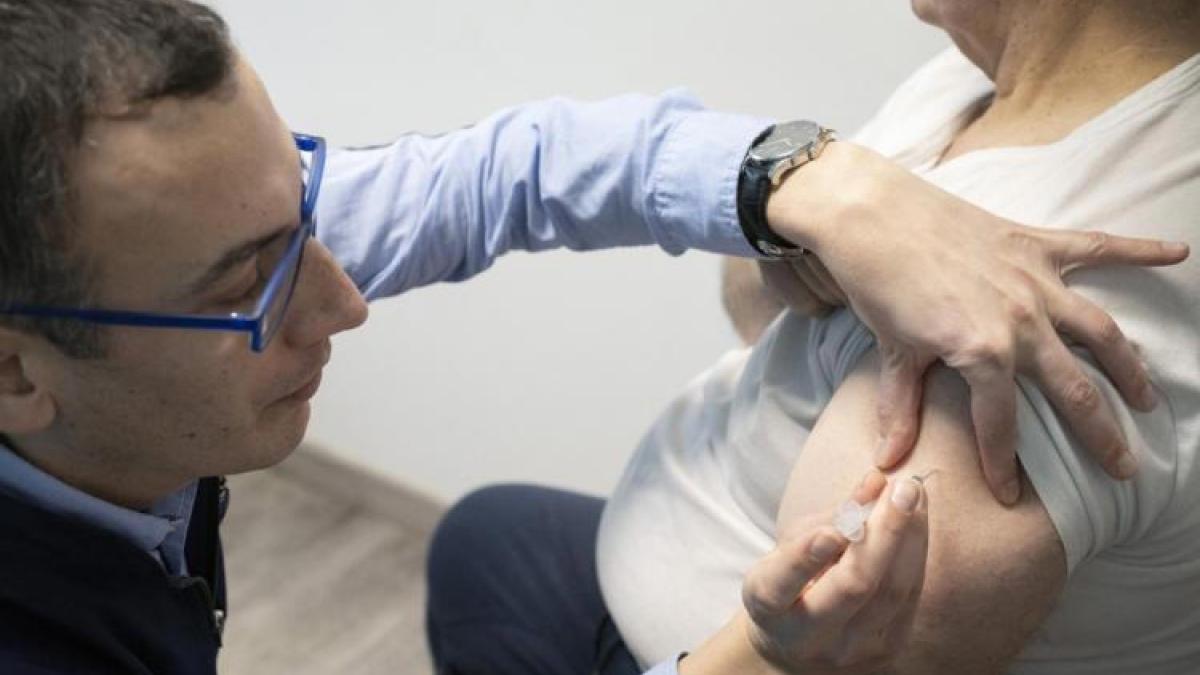Plagiarism allegations pursue physicist behind stunning superconductivity claims

Evidence suggests much of Ranga Dias’s thesis was copied from other sources.
In March, University of Rochester (U of R) physicist Ranga Dias made a blockbuster announcement: His team had detected superconductivity at room temperature, in a material that did not need to be squeezed to incredibly high pressures. Many physicists regarded the claim warily because 6 months earlier, Nature had retracted a separate room-temperature superconductivity claim from Dias’s group, amid allegations of data manipulation.
Now come accusations that Dias plagiarized much of his Ph.D. thesis, completed in 2013 at Washington State University (WSU). Undark, The New York Times, and Physics Magazine previously reported that his thesis contains many passages identical to those from a 2007 thesis written by James Hamlin at Washington University in St. Louis. But Hamlin, now a high-pressure experimentalist at the University of Florida, and Simon Kimber, a physicist most recently at the University Burgundy Franche-Comté, have gone through the thesis by hand and say they have discovered more widespread examples of copying. In an analysis shared with Science, they find Dias’s thesis contains at least 6300 words—some 21% of the thesis—that are identical to passages from 17 other sources. Dias’s website at U of R also contains text that appears to have been copied without attribution from other sources, Hamlin and Kimber say.
Experts who examined the analysis agree the thesis is heavily plagiarized. “It’s obvious,” says Lisa Rasmussen, a research ethicist at the University of North Carolina, Charlotte. A U of R spokesperson noted that the plagiarism concerns are largely confined to the methodology and background section. But that doesn’t absolve Dias, says Vanja Pupovac, an expert in research integrity at the University of Rijeka, in Croatia. “[It] demonstrates, at best, the [Ph.D.] candidate's gross negligence and, at worst, their lack of understanding of the topic,” she said in an email.
Through a spokesperson, Dias declined to answer questions and stated he is “addressing these issues directly with his thesis adviser.” The U of R spokesperson also declined to comment further until an academic integrity process at WSU was complete. WSU did not respond to a request for comment.
Kimber first became suspicious about Dias’s work when Hamlin pointed out a detail in a 2021 Physical Review Letters (PRL) paper on which Kimber and Dias were co-authors: A plot about manganese sulfide was nearly identical to a plot of germanium selenide in Dias’s thesis. On 20 March, PRL attached an expression of concern to the paper, which is now under investigation because of questions about the “integrity of the data.”
Kimber had heard about the similarities between Hamlin’s and Dias’s theses and wanted to see for himself. He was soon struck by a line about a complex topic that seemed tangential to Dias’s thesis: In systems of itinerant fermions the relevant excitations were identified as 'quasiparticles' which are in a one-to-one correspondence with the single-particle momentum eigenstates of a non-interacting system, but which have a modified mass and a finite lifetime due to the quasiparticle interaction.
“It just stands out so incredibly,” Kimber says. Plugging it into Google Scholar, he found it was identical to a sentence from a 1998 paper.
Wondering how much more there was to find, Kimber joined up with Hamlin to take on the arduous task of searching through the rest of the thesis. They checked sentences by hand for similarities to other papers in Google Scholar. The manual effort was required, Kimber says, because automated plagiarism detectors are sometimes inaccurate.
One of the 17 sources Hamlin and Kimber identified is a 1999 paper by Dias’ thesis adviser, WSU materials scientist Choong-Shik Yoo. Yoo says he had spotted the apparent duplications himself while reviewing the thesis. “I thought that that was just a simple mistake, so I didn’t think of that as a big deal,” says Yoo, who adds that his paper is referenced elsewhere in the thesis. The university’s academic honesty policy, however, “makes no distinction between intentional and unintentional plagiarism.” According to Yoo, Dias submitted a request to correct his thesis on 30 March and it is now under review with the university’s Academic Integrity Hearing Board. Although WSU does not specify the sanctions the board could impose, Rasmussen says plagiarism cases this serious could include revocation of the thesis.
Yoo did not go through the files Dias submitted, but says, “I'm pretty sure his corrected thesis has implemented the correct information.” But Pupovac says this kind of revision creates serious problems. “Allowing correction of the thesis sends the message that dishonesty can be rectified without significant consequences, which undermines the trust of scientists in the integrity of the academic system, and also the trust of the public in science,” Pupovac says.
Asked how the plagiarism allegations impact her view of Dias’s superconductivity claims, and other allegations of data manipulation, Rasmussen says, “It helps to paint a picture of someone as not really caring about standards. It suggests that they don't mind cutting corners; that they may not have as many original ideas as they're presenting themselves to have.”
The apparent plagiarism did not stop with the 2013 thesis. Hamlin and Kimber also found that descriptions of research on Dias’s websites, for both U of R and Harvard University, where he completed a postdoc, contain several passages identical to at least three other sources. One page on the site, about research in 2D materials, has sentences that match a description on the website of University of Washington researcher Matthew Yankowitz. “I am essentially certain that the text … was plagiarized from my own,” Yankowitz said in an email.
In the meantime, several research groups have failed to replicate Dias’s latest superconductivity claim. Faith in the result may be diminishing, but interest in room-temperature superconductivity remains hot. As Dias’s Harvard website puts it,“[e]fforts to identify and develop new superconducting materials continue to increase rapidly, motivated by both fundamental science and the prospects for applications.”
A 2010 Nature paper by a group in Japan started with almost identical words.
Accusations of scientific misconduct are mounting for University of Rochester physicist Ranga Dias.LAUREN PETRACCA/THE NEW YORK TIMES/REDUX
- Se connecter ou s'inscrire pour publier un commentaire
- 63 vues
Connexion utilisateur
Dans la même rubrique
Présidence News
23/12/2025 - 13:46
06/12/2025 - 12:25
13/11/2025 - 10:20
de Philippe RICHARD
27/10/2025 - 12:20
URGéo-URBATER, Université d'État d'Haïti, Agence Kannh et le bureau d'étude et de conseils TCGNRG
22/10/2025 - 19:03
Commentaires récents
L'humiliation du Sud Global
Ce n’est pas la 1ère fois qu’un pays occidental...
Frédéric C.
05/01/2026 - 04:09
...humilie le Sud, y compris des puissances moyennes du Sud". Lire la suite
Arrêtez de nous les casser avec vos communiqués "Halte à l'impérialisme américain !"...
Pourquoi, face à cette attaque des USA de Trump...
Frédéric C.
04/01/2026 - 23:25
....aucun État n’a-t-il concrètement bougé, prévenu Trump que s’il touchait au Venezuela ce serai Lire la suite
L'antisionisme se paie cash, ma belle !
Albè a kayé .
tim
04/01/2026 - 20:33
L’imprécateur sévissant sous le faux nom de Albè a kayé ....;finies les rodomontades dans lesquel Lire la suite
Les négros-franchouillards admirateurs de "Charlie Hebdo" (et du "Canard Enchaîné") en deuil
PET DE LAPIN
Albè
04/01/2026 - 10:44
BOF ! Les blablas de K.P. Lire la suite
Les négros-franchouillards admirateurs de "Charlie Hebdo" (et du "Canard Enchaîné") en deuil
Albè, sé menm lidé-a mwen ni épi-w...
Frédéric C.
04/01/2026 - 10:03
...anlè moun ta-la. Lire la suite
Top 5 des articles
Aujourd'hui :
- Arrêtez de nous les casser avec vos communiqués "Halte à l'impérialisme américain !"...
- KRÉYOLAD 1108 - An lanné nef
- L'humiliation du Sud Global
- Le criminel génocidaire Netanyahou ne sera jamais kidnappé par aucun état "démocratique" !
- L'antisionisme se paie cash, ma belle !
Depuis toujours :
- Tous les présidents et premiers ministres de la Caraïbe sont vaccinés
- L'intolérable appauvrissement intellectuel et culturel de la Guadeloupe et dans une moindre mesure de la Martinique !
- LETTRE OUVERTE AU 31ème PREFET FRANCAIS DE MARTINIQUE
- L'arrière-grand-père maternel de Joan Bardella était...algérien
- Les triplement vaccinés contre le covid ne bandent plus





